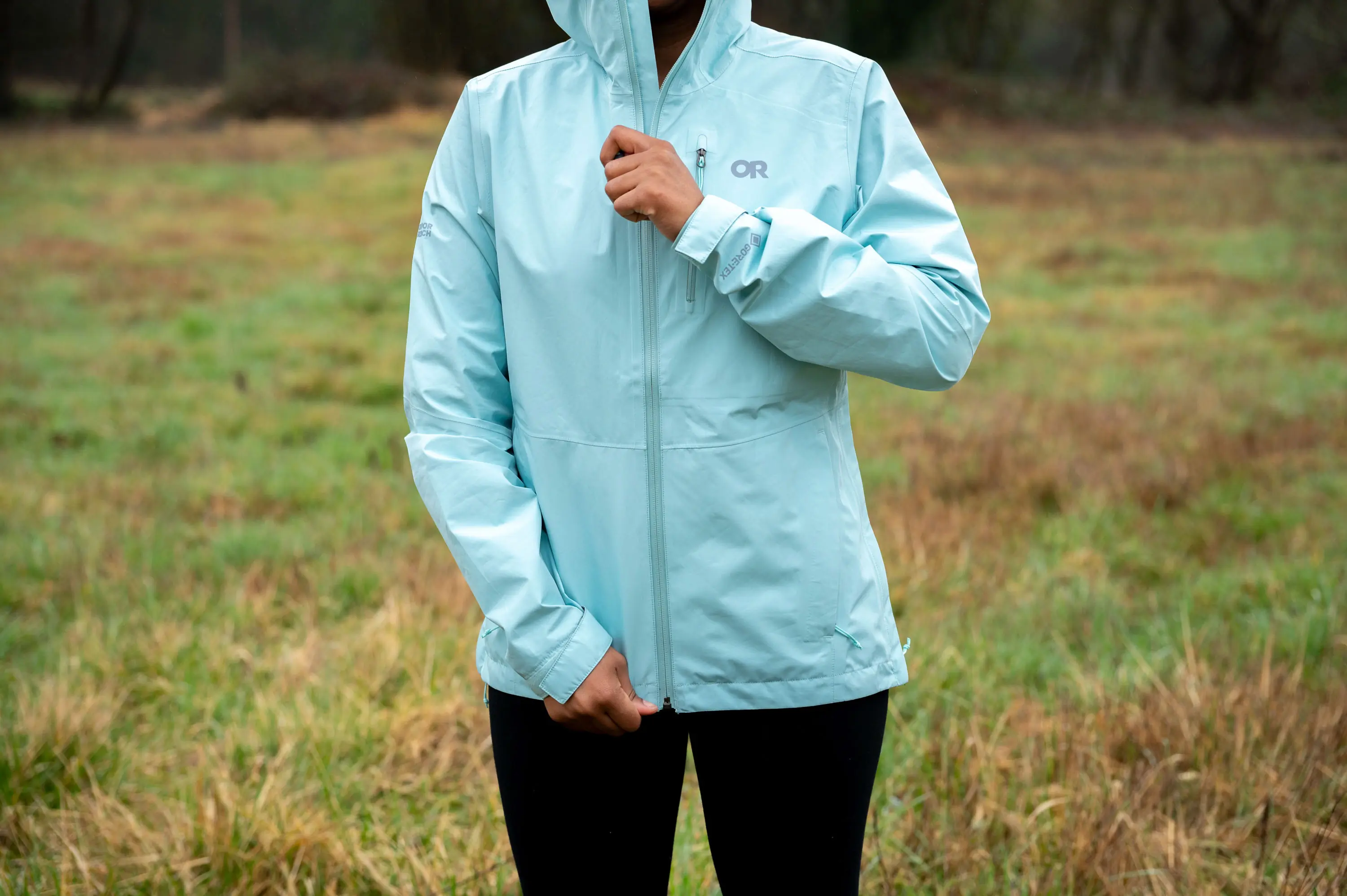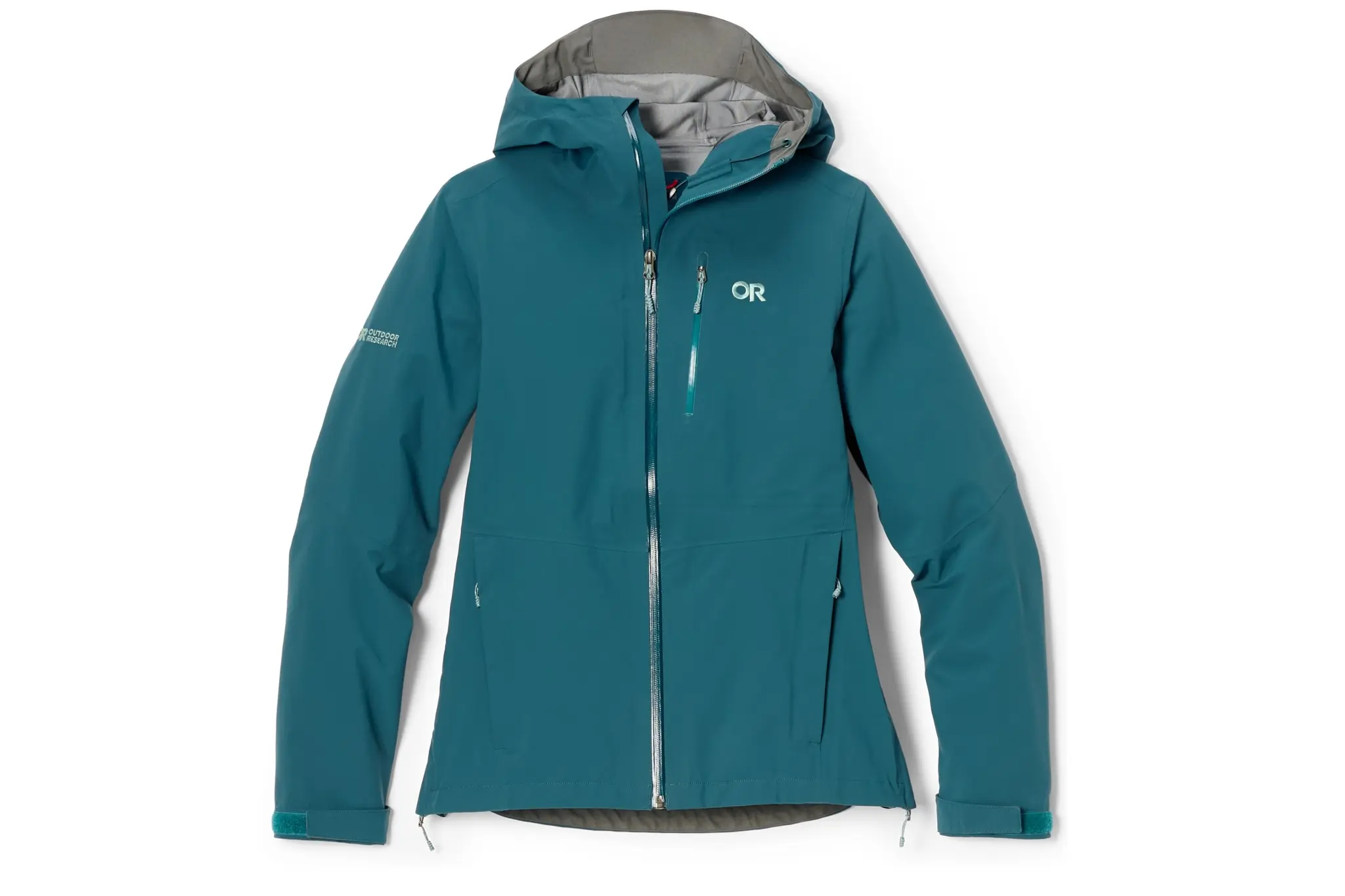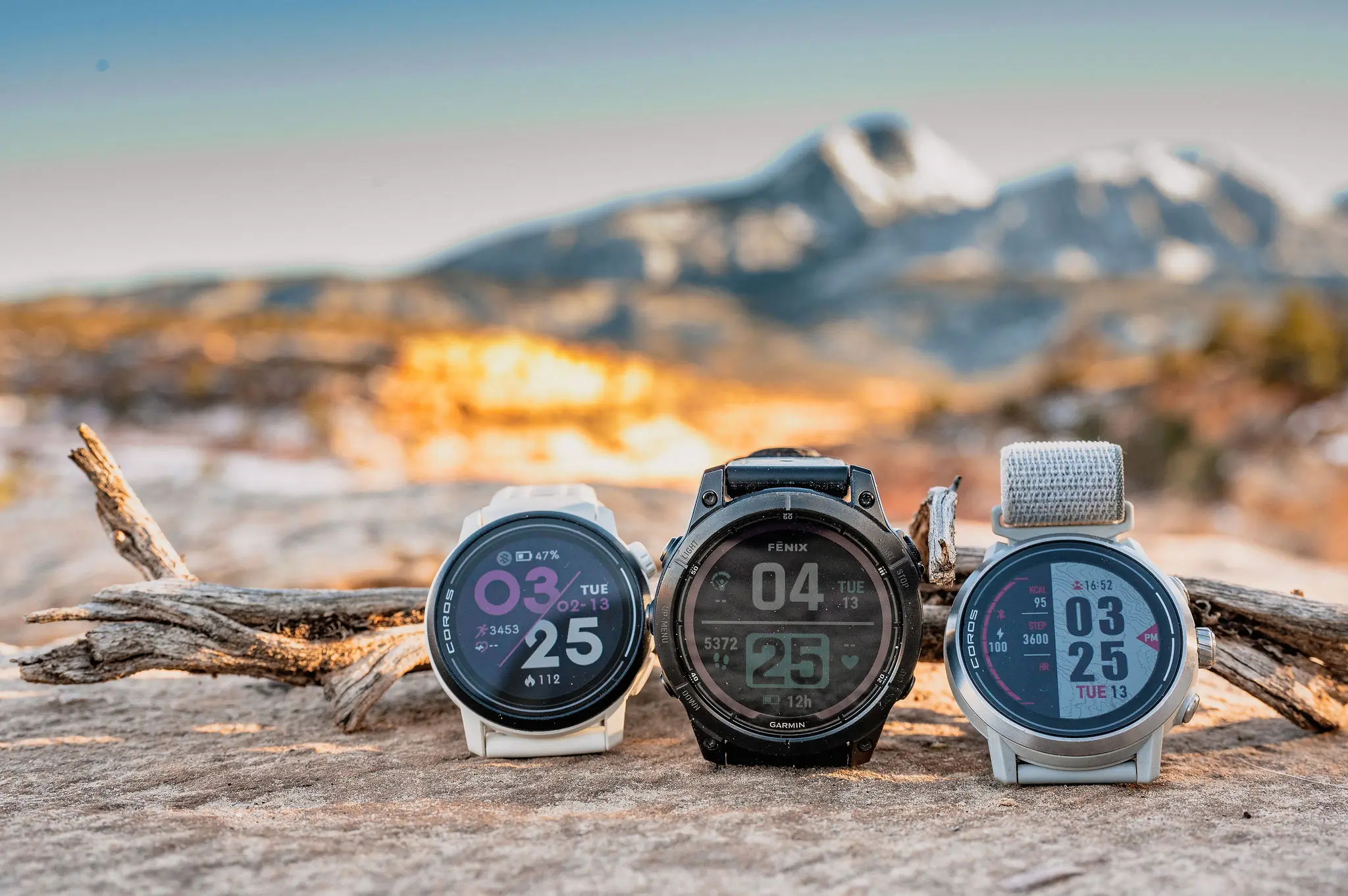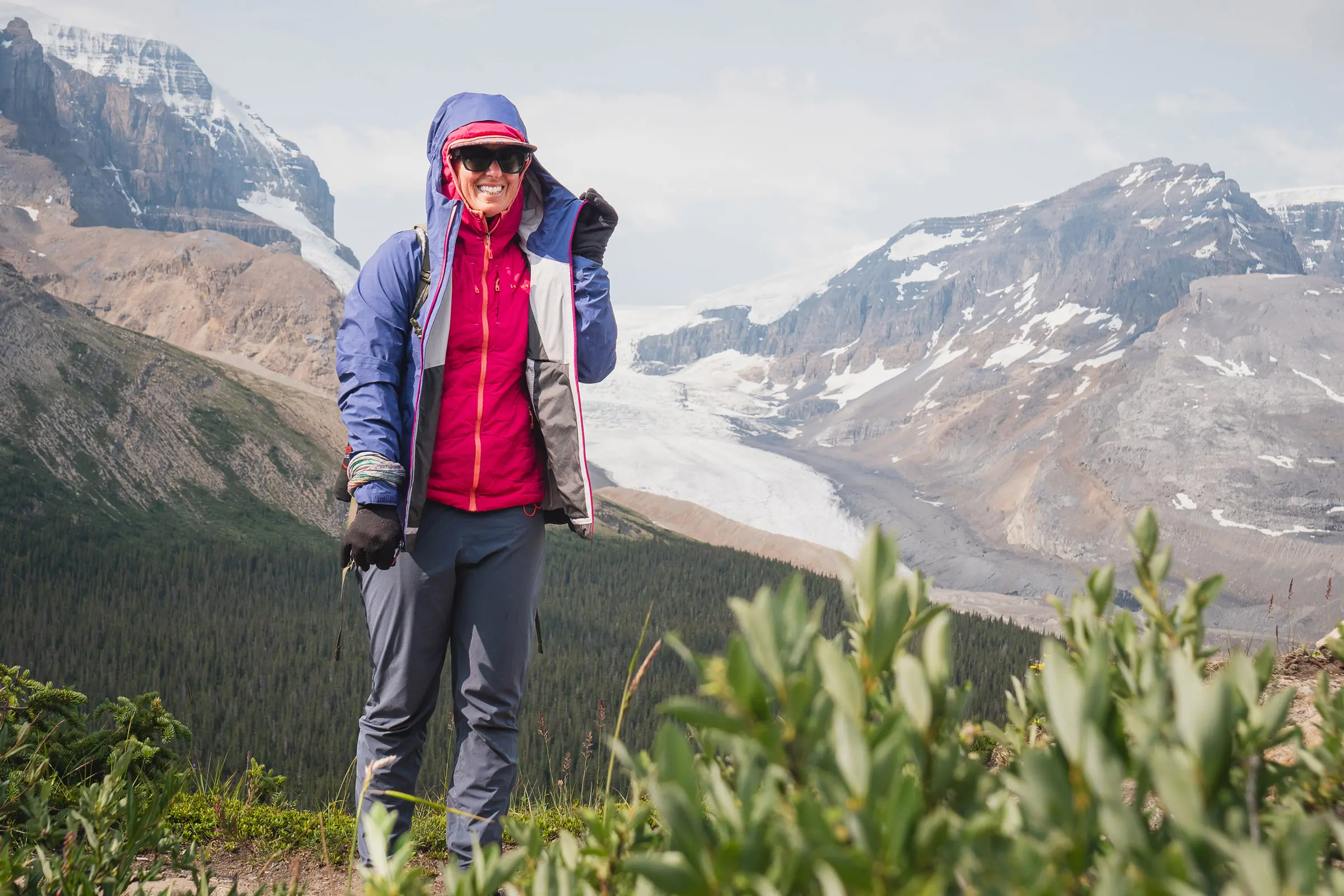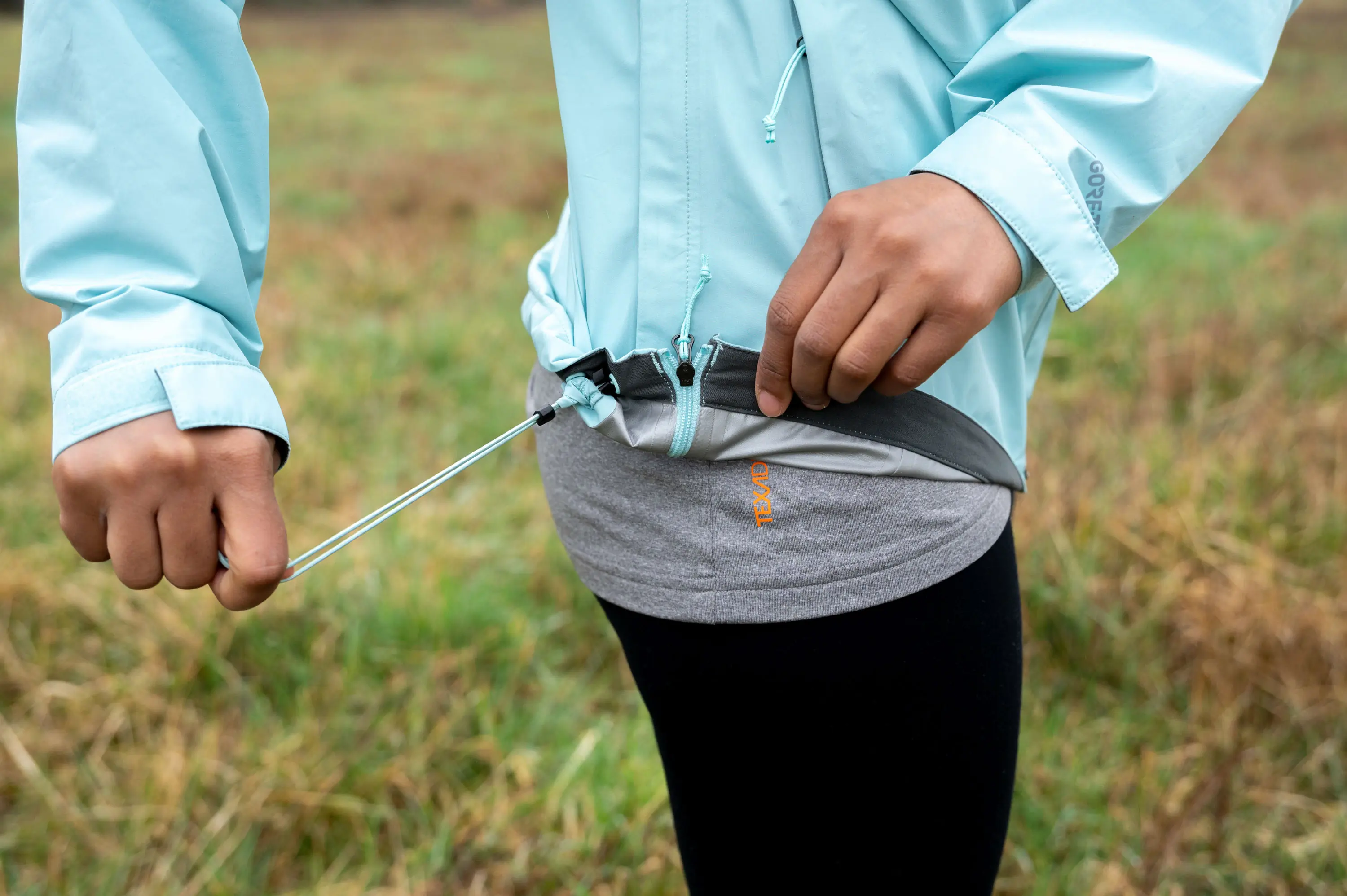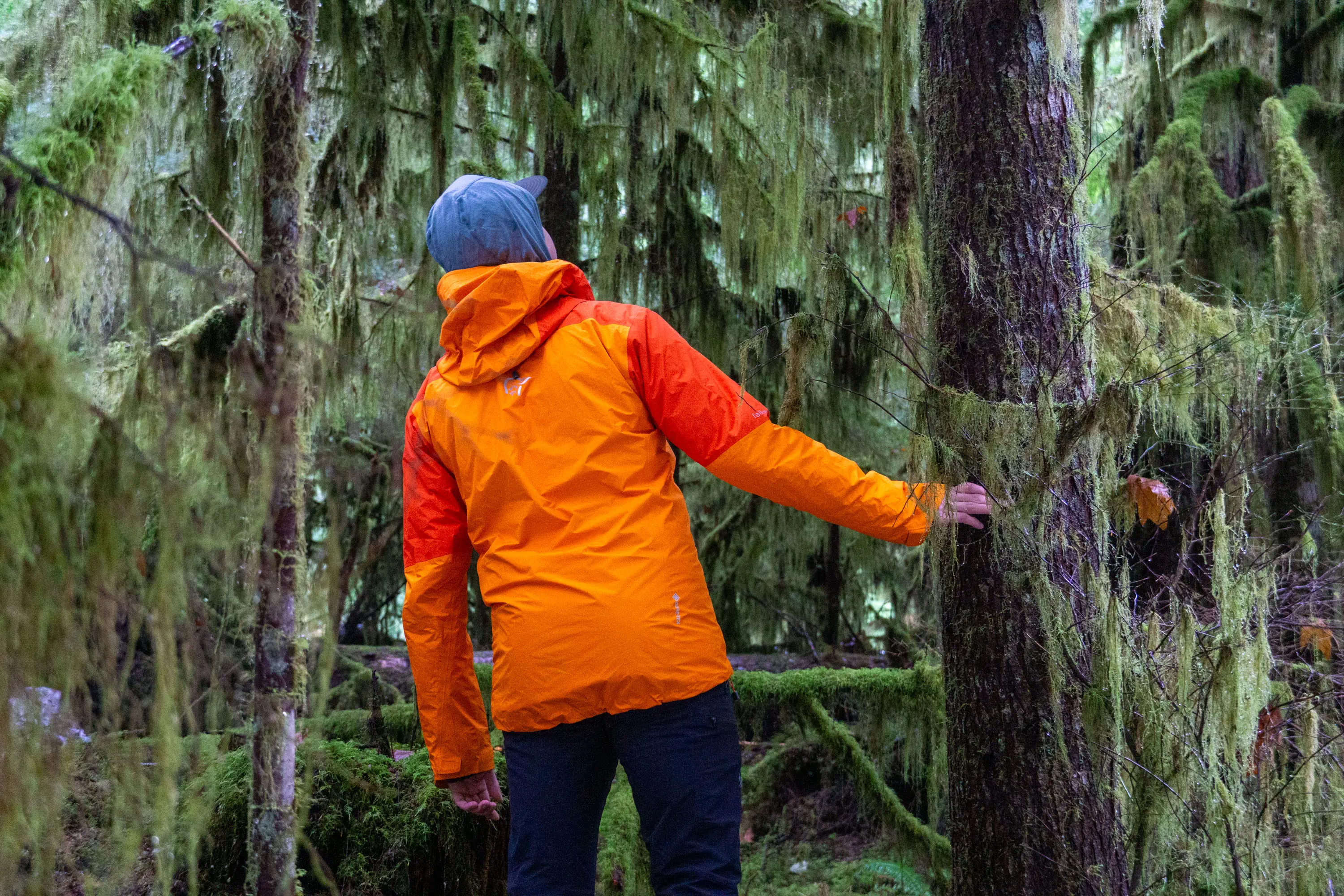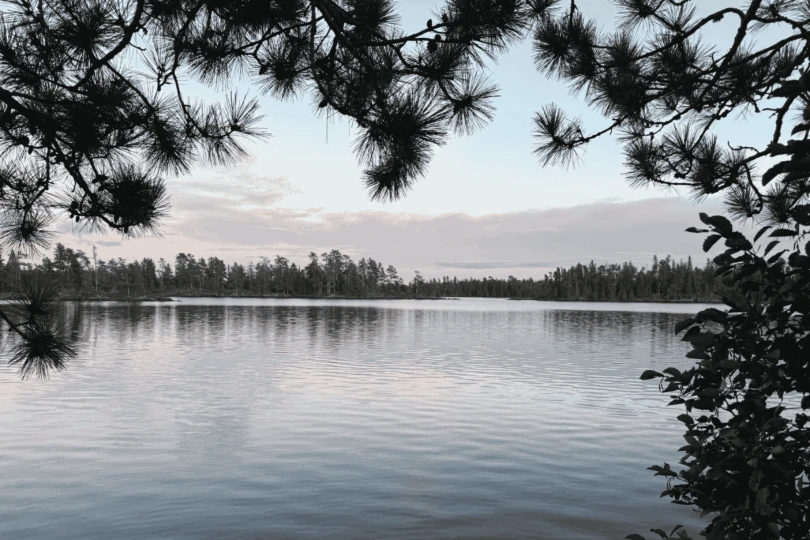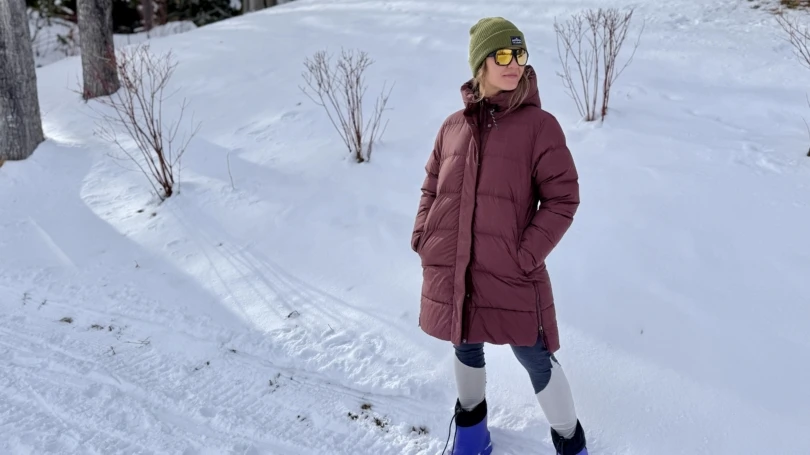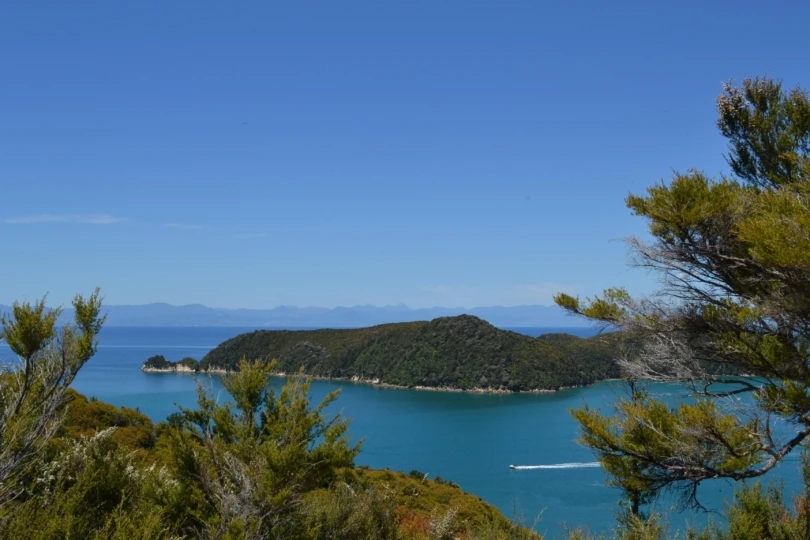If you love wasting time on layering breaks, then you’ll hate this rain jacket. And if you’re not a fan of the environment (might I suggest a different hobby?), you’ll hate the Outdoor Research Aspire II even more. Newly updated for 2024, this uber-classic rain jacket just keeps getting better and better — and is now the most eco-friendly garment in the lineup for OR.
I don’t know about you, but I get cold fast when I take breaks on the trail and can heat up just as fast when on the move. It’s a constant battle, especially living in the Pacific Northwest, where the weather forecast is hardly accurate and constantly changing.
Testing Outdoor Research’s Aspire II GORE-TEX Jacket recently, with its TorsoFlo hem-to-bicep side zippers, one thing was obvious: this jacket can vent, and it was exactly what I needed during one of Washington State’s wildest winters. But what wasn’t obvious was how much performance was given up in the quest for that eco-friendly cause.
Now thoroughly vetted and PNW-proven, I can safely say: the trade-off is worth it. The removal of PFAS from its 50-denier 100% recycled polyester-facing fabric made the Aspire II not only one of the most eco-friendly jackets offered by OR, but also now the most eco-friendly in my closet.
In short: I tested OR’s Aspire II ($225) GORE-TEX Paclite rain jacket in some odd arctic-like conditions when the weather rained one moment and then snowed the next, which made me test not only how well it vented using its TorsoFlo venting system, but also how well it kept me dry. Ultimately, it proved fantastic at both and then some.
-
Weather Protection
8.0
-
Breathability
8.0
-
Comfort & Fit
9.0
-
Weight
7.0
- Waterproof Material: AscentShell Dry 3L
- Waterproof Rating: 20,000 mm/24 hours
- Breathability Rating: 10,000 g/m²
- Pit Zips: Yes
- Fit: Relaxed
- Size: XS-4X
- Pockets: Three
- Weight: 11.7 oz.
Pros
- Hem-to-bicep side TorsoFlo zippers
- The most eco-friendly OR apparel piece, with no PFCs
- Very lightweight and packable
- Ample coverage
Cons
- Not very breathable under hard work
- Pricier than some like shells
Outdoor Research Aspire II Jacket: Review
Take a Deep Breath With TorsoFlo Ventilation
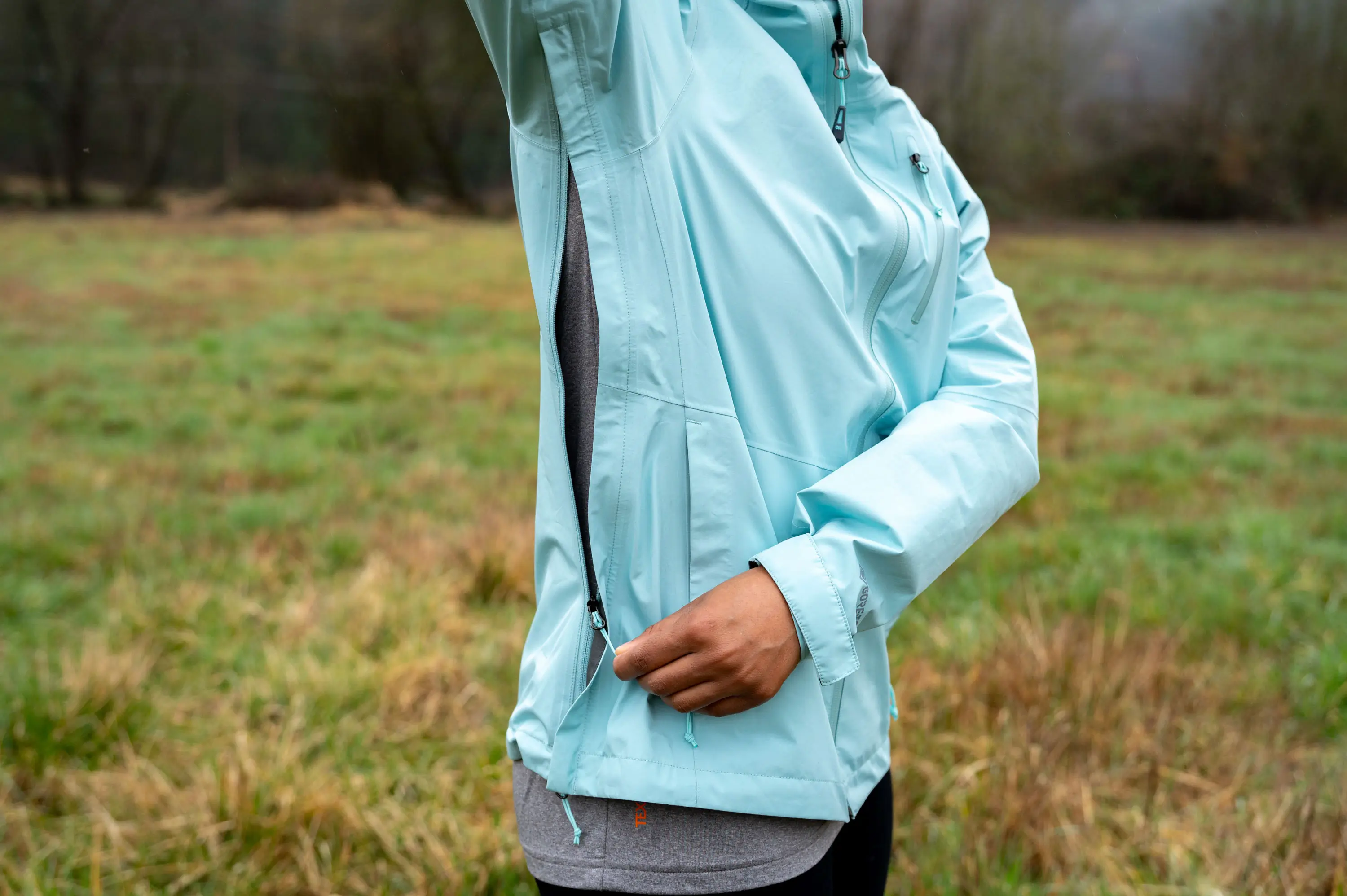
The TorsoFlo ventilation system is by far the most impressive aspect of the Aspire II, and it’s the one you immediately notice when putting on the jacket. When I get too hot, the hem-to-bicep zipper allows me to unzip the sides and transform it into a poncho, which, while not particularly flattering, definitely gets the job done. Alternatively, when I’m feeling a smidge warm, I can open up just a small section of the jacket thanks to the double zippers.
While most rain jackets opt for underarm or pit zips to relieve built-up moisture, this full-length variation swings the windows wide open on the jacket, dumping heat like none other. During a 6-mile hike in my neighborhood, I tested the jacket with its zipper up to see how well it held up, and then tested the same trail utilizing the TorsoFlo zippers.
Needless to say, the TorsoFlo zips are a game-changer. Without it, I felt like I was often either de-layering or simply enduring the clamminess that built up inside after only a few minutes of exertion due to its two-layer Paclite shell. However, being able to adjust the temperature with the side zips made the shift from feeling too warm to just right a breeze. I’m not sure why this wasn’t a more widely adopted feature until now!
Shrug Off the Weather
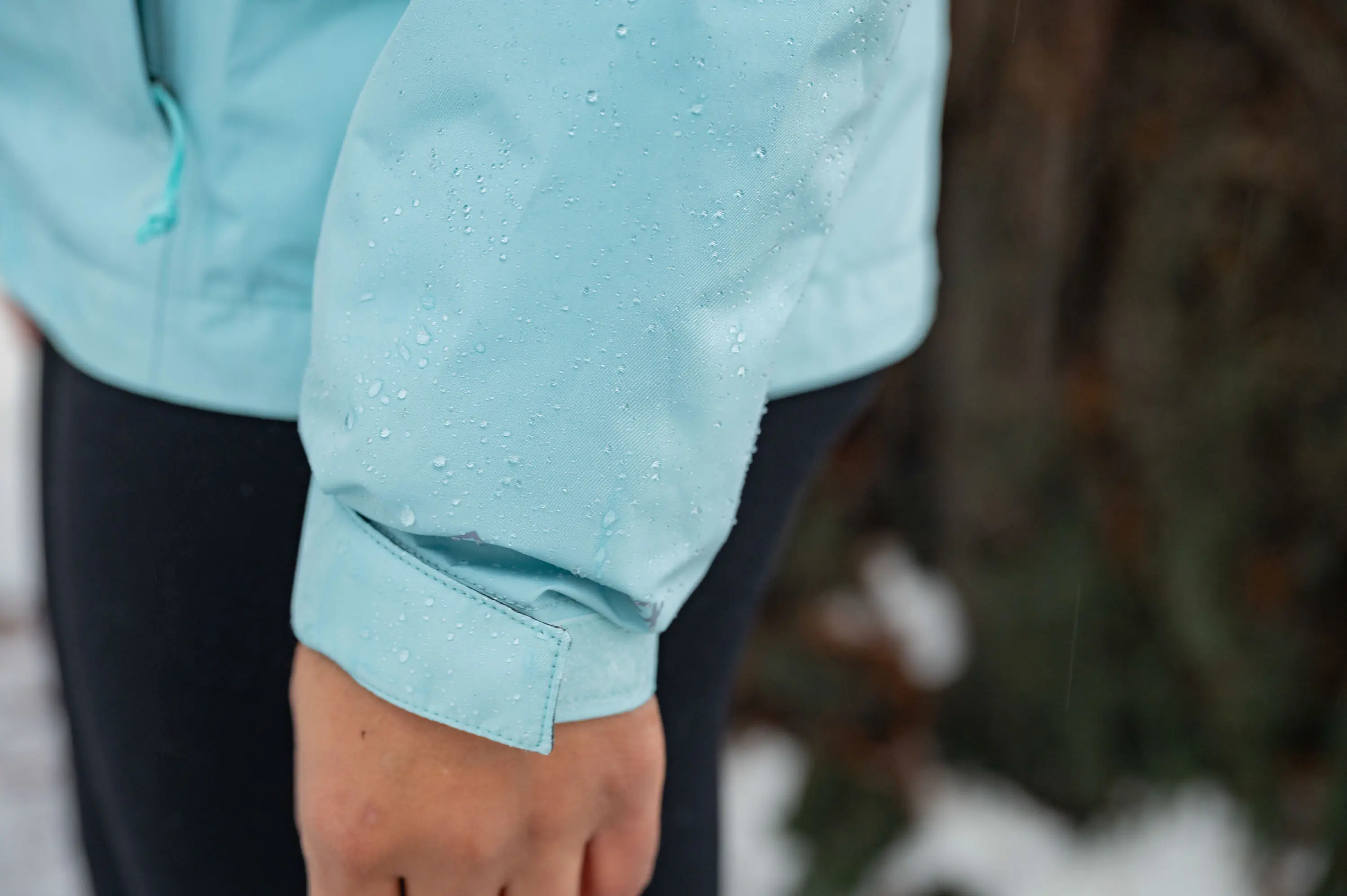



Given that this is one of OR’s most environmentally friendly products, with a 100% recycled polyester face and PFAS-free DWR finish, it begs the question of whether the Aspire II provides the same level of protection as others with PFAS treatments.
After testing this jacket on some of the slushiest and coldest days, I found the jacket’s protective features, including its fully taped seams and YKK Aquaguard watertight zippers, did an excellent job of keeping me dry. Additionally, its high collar and three-way adjustable hood were especially useful when the weather seemed to be coming at you from all sides.
When it comes to its PFAS-free DWR coating, I discovered that it repels water just as effectively as my other rain jackets. And, while I don’t experience wet-out with my other rain jackets, the Aspire II performed the same during my rainy-weather testing.
However, some testers do claim that the 100% recycled polyester outer shell on the Aspire II doesn’t do the greatest job at withstanding heavy precipitation long-term — which could be due to that PFAS-free DWR. With frequent cleaning and reapplication, however, this shouldn’t be an issue. Keep your kit clean, and it’ll keep you dry.
GORE-TEX Paclite Breathability
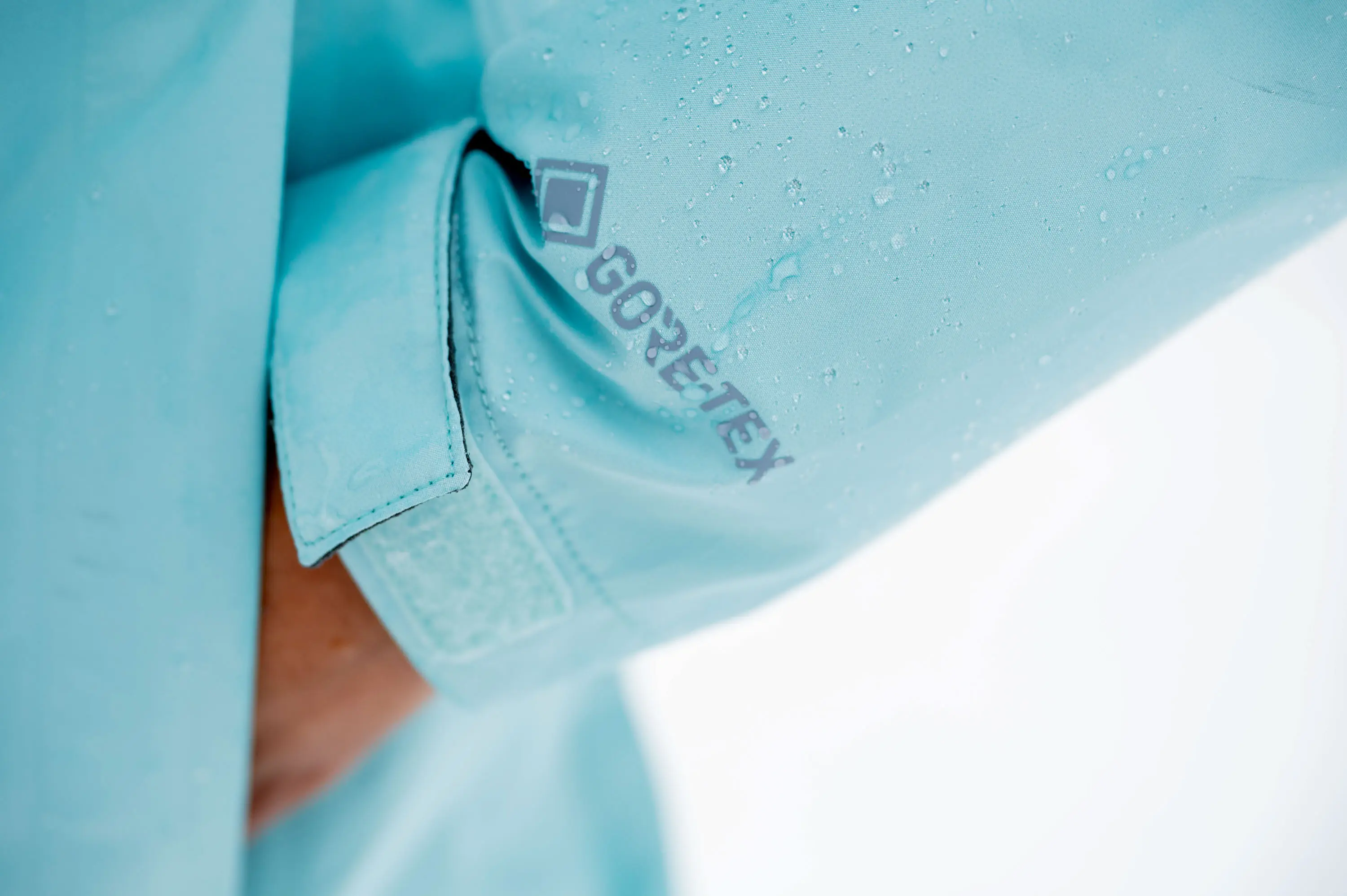



Anything with the GORE-TEX logo is bound to put up a good fight in terms of waterproofing (the Paclite membrane touts a 28,000 mm/24-hour waterproof rating), but the breathability of these membranes differs across the board.
The Paclite membrane is constructed to offer up a lightweight balance of packability and waterproofing meant for backpacking, and specs out at a middle-of-the-road 15,000 g/m² breathability rating. Obviously, the large TorsoFlo vents help to make up some of the difference, but I wanted to see how the membrane itself fared.
Testing the Aspire while hiking (fully zipped-up), I found myself eventually feeling warm and even slightly clammy due to its inability to breathe, and that’s because its two-layer structure doesn’t have the added interior wicking fabric that helps with breathability that three-layer shells do.
But because the Aspire II features those full-length torso zippers, evacuating the excess heat was easy to do. And, in fact, on the days when the temperature dropped to 17 degrees, I actually appreciated the extra warmth when I needed it.
In this way, the Paclite membrane and TorsoFlo zips proved to be the perfect pairing — easily complementing one another, shoring up the deficiencies, and highlighting the benefits of each.
Fit With Space to Spare
While comparing the fit of the Aspire II to some of my other rain jackets, I felt that OR did a good job of providing enough room to layer, but without the feel of swimming in it. And I discovered that on the days when I wore more layers than usual, unzipping the TorsoFlo just an inch or two gave me extra wiggle room to accommodate the layers, which was a sweet bonus.
On the off chance the jacket feels too big, there is a hem cinch. But, because of those zippers, it only affects the back half of the jacket, and can bunch awkwardly with not much tension to keep it in place. Not ideal, but no deal-breaker, either. The good news is that OR did an excellent job of widening its sizing range on the Aspire II jacket, ranging from XS to 4X, enabling more alternatives for a better fit.
Overall, the jacket has a nice, comfortable feel. I didn’t find it overly stiff or too flimsy. However, the only strange thing about the fit is that with my height of 5’2″, the sleeves reached the tips of my fingers, although it wasn’t the end of the world. In fact, the extra length worked well with bulky gloves, and the hook-and-loop Velcro adjustments made it easy to keep the sleeves out of my way.
Weight and Packed Size
I was impressed right away by this jacket’s packability, packing down to the size of an overstuffed burrito, so no matter how stuffed my backpack got, I was always able to make room. The thin Paclite membrane certainly showed off its stuff in this regard.
The jacket is also somewhat lighter than other comparable variants, weighing 11.7 ounces versus Mountain Hardwear’s Explore/2 Paclite Gore-Tex shell, which weighs 12 ounces, and Patagonia’s Torrentshell, which weighs 12.4 ounces.
Pockets
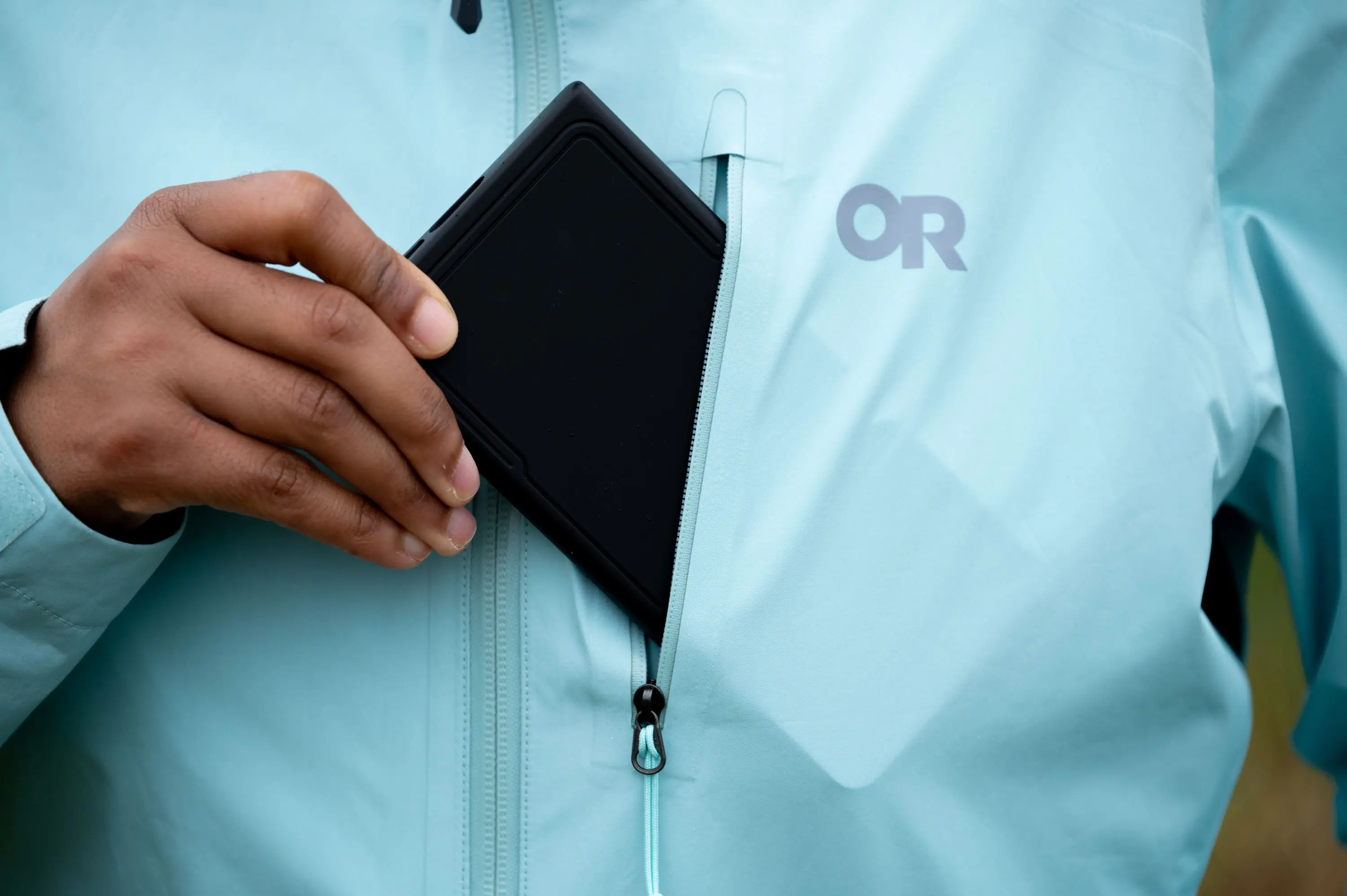



This jacket features three unlined pockets that are quite roomy. The zipper on the chest is ideal for storing a phone, small snacks, or anything else you need quick access to. And the side pockets are plenty spacious.
The only downside is that while deciding to test it with a harness, I discovered that the two side pockets are difficult to access, so keep this in mind if you intend to use it on climbs.
Sustainability to Aspire To
I thought the coolest thing about this jacket was its TorsoFlo vents, but I was wrong. The Aspire II jacket is one of OR’s most eco-friendly products in its new spring line.
What that means is that OR’s spring line uses more sustainably sourced material, including its 50-denier 100% recycled polyester face fabric that’s treated with C0 DWR but without the fluorinated materials that are considered “forever chemicals.”
Now, to be fair, the GORE-TEX Paclite used in the Aspire II still has PFCs baked-in, but until the new PFC-free ePE membrane sees broader adoption, this jacket is fighting the good fight in many ways.
Although there are worries about whether OR’s new sustainably sourced spring collection will hold up over time — the jury is still out. However, during my testing, I found the Aspire II rain jacket well lived up to my expectations.
Room for Improvements
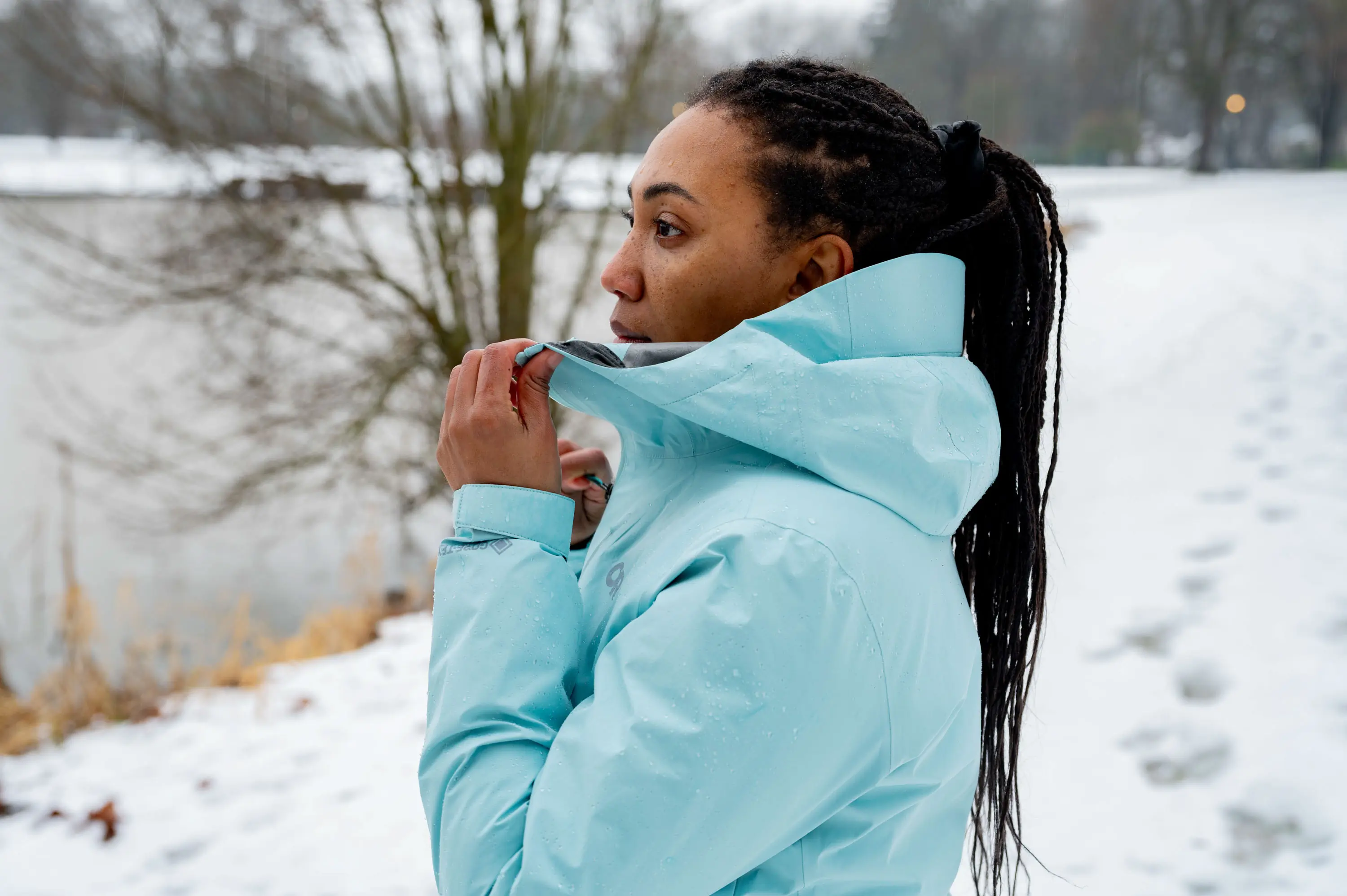



The Aspire II is a superb rain jacket that stands out not only for eliminating PFAS but also for featuring its cutting-edge TorsoFlo ventilation system. However, there were a couple of details that I would have liked to see included to take this jacket from near-perfect to just exceptional.
While the TorsoFlo vents pretty much take care of any clammy issues that someone may experience, it would have been great to have seen this jacket rock a three-layer instead of a two-layer membrane for true breathability. The current arraignment works well enough on most all outdoor forays, but a high-end membrane would make it unstoppable.
Another thing I would have enjoyed is the four-way stretch panels that Aspire’s Superstretch variant ($300) had for more mobility while doing any sort of acrobatic movements that tend to cause the back to feel restrictive. You certainly pay for the privilege, but for those who feel the need to frequently bear hug outdoors, the bump up could be worth it.
Even without those additional features, this jacket already stands above many others with its environmentally friendly treatment and the way it has revolutionized the way rain jackets vent.
Outdoor Research Aspire II Rain Jacket: Conclusion
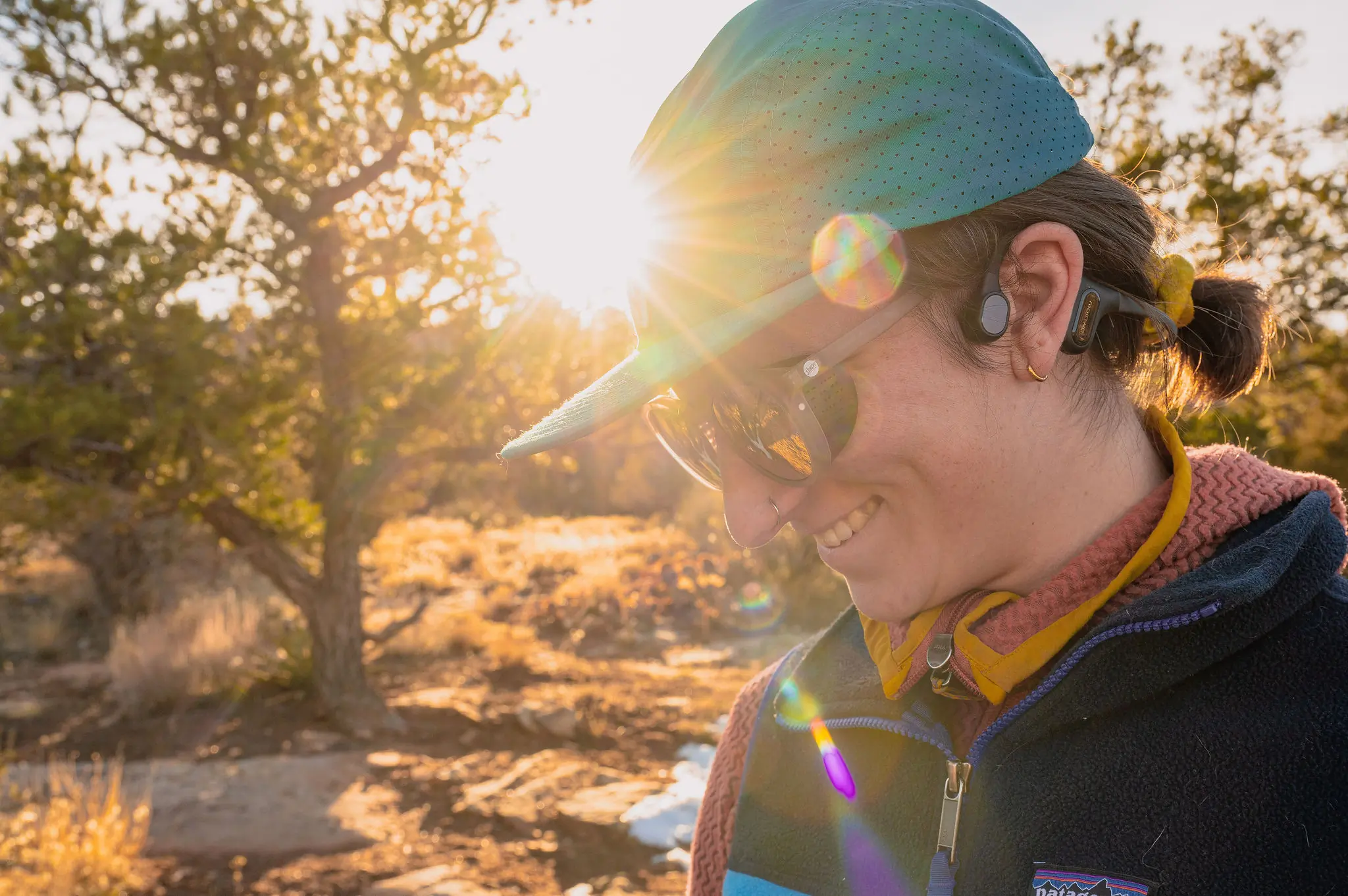



It’s hard to find a standout rain jacket when there are so many on the market. I know that in my closet, I own a few and couldn’t tell you what makes them stand out. But with OR’s Aspire II jacket, that’s easy — it’s the TorsoFlo venting and the fact that it’s one of OR’s most eco-friendly products to date. What’s not to love about that?
Sure, there are many other rain jackets with similar qualities, including Arc’teryx’s Beta Jacket, which is unbelievably impressive, but so is its price tag of $400. There’s also Black Diamond’s Liquid Point Shell ($270) and Patagonia’s Torrentshell 3L Jacket ($179) — both respectable, but can’t match the mechanical venting on the Aspire.
If you want to spend less time layering and want a more environmentally conscious option, Outdoor Research’s Aspire II GORE-TEX Jacket, with its ingenious TorsoFlo ventilation system, will not disappoint. It certainly hasn’t disappointed me so far this winter.
